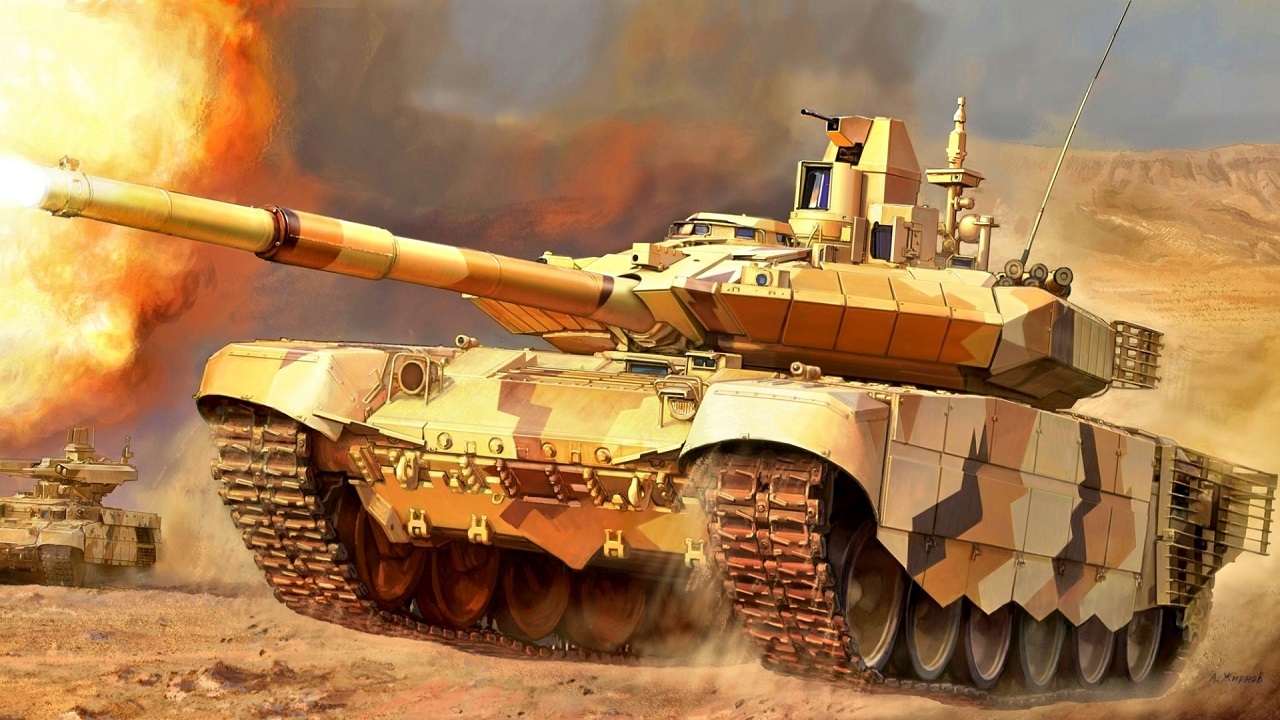After almost a year of defeats in Ukraine, the Russian military is changing.
Or at least that is what its leaders are trying to achieve.
Recent statements by the top echelons of the Kremlin reveal that the Russian military might be getting hundreds of thousands of troops as well as a new structure in the upcoming months and years.
Restructuring the Russian Military
Last week, Russian Minister of Defense Sergei Shoigu announced plans to revamp the structure of the Russian military.
The Kremlin plans to increase to 1.5 million personnel, which would amount to approximately 500,000 more troops across all branches of the Russian military.
Moreover, Shoigu announced the establishment of a new army corps in Karelia, near the Finnish border, as well as the re-establishment of the Moscow and Leningrad military districts, partially returning the Soviet Union structure.
“Shoigu’s plans signal that the Russian leadership highly likely assesses that an enhanced conventional military threat will endure for many years beyond the current Ukraine war.
However, Russia will highly likely struggle to staff and equip the planned expansion,” the British Military Intelligence assessed in its latest estimate of the war.
According to the Kremlin’s timeline, the major structural changes will begin this year and will be completed by 2026.
This timeline, however, is suspect because of the ongoing hostilities in Ukraine, which require the full attention and resources of the Russian military.
A few days before Shoigu’s announcement, Andrey Kartapolov, the head of the Russian State Duma Defense Committee, indicated that Russia would stretch the upper age of military conscription from 27 to 30, starting from the upcoming spring draft. Thus far, conscripts have been officially excluded from active combat in Ukraine, though in several instances, that restriction has been violated.
“Last year, President Putin said he supported such a move, and Russian officials are likely sounding out public reactions. There is a realistic possibility that Russian leaders hope a change of age criteria for routine conscription could bolster personnel available to fight in Ukraine while appear less alarming to the population than announcing another round of the unpopular ‘partial mobilisation’ process,” the British Military Intelligence assessed.
Russia Will Have Difficulties Thanks to Ukraine War
The Kremlin’s plans for enlarging the Russian military are likely to encounter practical difficulties.
The war isn’t going for Moscow, and more than 120,000 Russian soldiers and mercenaries have been killed or wounded on the ground.
Morale is abysmal, and the war is becoming increasingly unpopular in Russia. These factors make it harder for the Russian military to attract new troops. And history isn’t on the Kremlin’s side.
Speaking to reporters in Germany, U.S. Chairman of the Joint Chiefs of Staff General Mark Milley estimated that during the partial mobilization of the reserves, the Russian military was able to activate up 250,000 troops, missing its target by at least 50,000 men.
When Russian President Vladimir Putin declared partial mobilization back in September, there was a mass exodus of fighting-age Russian males from the country.
Reports indicated that between 300,000 and one million men fled Russia in an attempt to evade this or any future mobilizations.
More: Should Joe Biden Qut?
More: How to Save Joe Biden?
More: Nikki Haley for President? Nope.
Expert Biography: A 19FortyFive Defense and National Security Columnist, Stavros Atlamazoglou is a seasoned defense journalist specializing in special operations, a Hellenic Army veteran (national service with the 575th Marine Battalion and Army HQ), and a Johns Hopkins University graduate.

